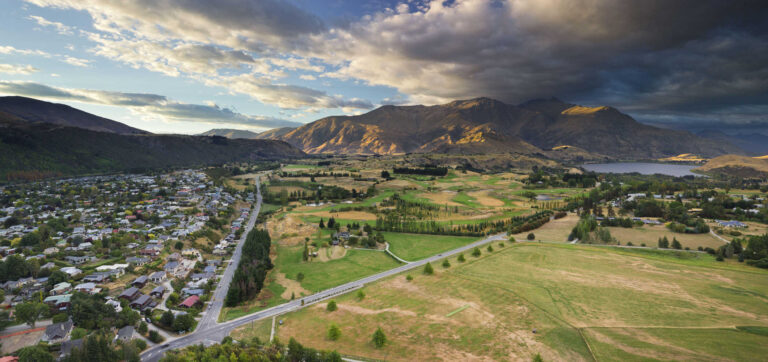The Catlins are not on the tourist circuit. Wildlife adores the place with its access to rich feeding grounds in the surrounding oceans. Due to the unspoiled nature of the reserves and areas of native forest the Catlins support a wealth of bird biodiversity. The rare Yellow eyed penguins have a protected home and the roar of sea lions makes the Catlins a perfect place for wildlife buffs. The glorious vistas of ocean waves pounding the coast, rugged rock formations and magnificent waterfalls attract nature lovers who have a choice of walks from short family friendly kids strolls to multiple day tramps. Visitors could drive through the Catlins in a number of hours. Rather indulge in a slow leisurely several days to thoroughly enjoy the Catlins. The Catlins is a treasure worth a detour at the bottom of Aotearoa New Zealand.

Highlights
- Wild natural coastal scenery
- Wildlife from magnificent sea lions to Hectors dolphins
- Birds from fantails to yellow eyed penguins
- Walks through the history of the region
- Natural spaces where slowing down is a given
- Lighthouses and waterfalls to tempt dedicated fans
Best time to visit
Year round, rug up with waterproof layers. Always carry a raincoat even in the height of summer. The peak season is summer, December through to early March.
Weather
The route mapped out is from North (Balclutha / Milton) southwards. There is one self service petrol station in the Catlins so ensure you have a full tank of fuel before departing. While there are a number of motels and camping grounds check before departing if accommodation providers are open.
Route NORTH TO SOUTH
- Below are places to visit and explore
- Awakiki Scenic Reserve
- Nugget Point Lighthouse
- Cannibal Bay
- Surat Bay
- Pounawea
- Owaka
- Pounawea
- Papatowai
- Long Point Road (to Yellow Eyed Penguin Trust reserve)
- Matai Falls
- Purakaunui Falls
- Papatowai
- Florence Hill Lookout
- Lake Wilkie Track
- Lenz Historic Reserve
- Tautukua Estuary boardwalk
- Cathedral Caves walk
- McLean Falls Walk
- Waipohatu walk, Niagara
- Shanks Bush Walkway
- Curio Bay
- Slope Point
- Waipapa Lighthouse & Cemetery

Awakiki Reserve
learn more
Kaka Point bush walk - early evening
learn more
Nugget Point
learn more
Cannibal Bay
learn more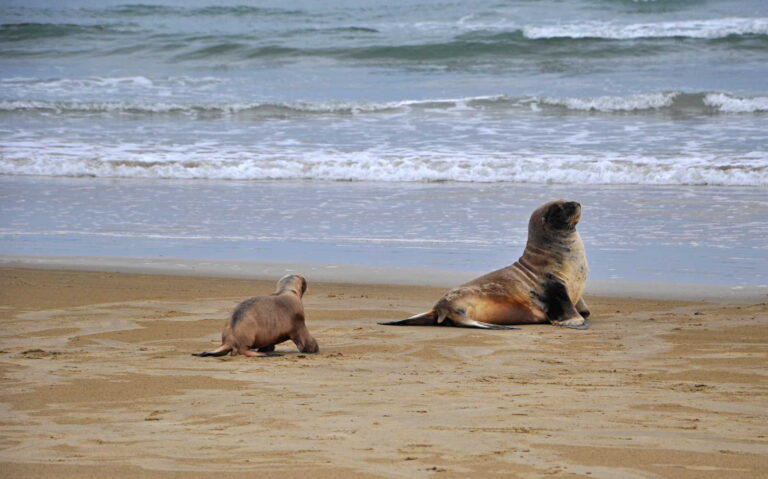
Surat Bay
learn more
Tunnel Hill closed Railway
learn more
Jacks (Opito) Blowhole
learn more
Catlins Tidal Lake
learn more
Pounawea
learn more
Catlins River dolphin
learn more
Pounawea nature walk & Bush walk
learn more
Long Point reserve, Yelloweyed Penguin, Long Point Irahuka reserve
learn more
Matai Falls
learn more
Papatowai
learn more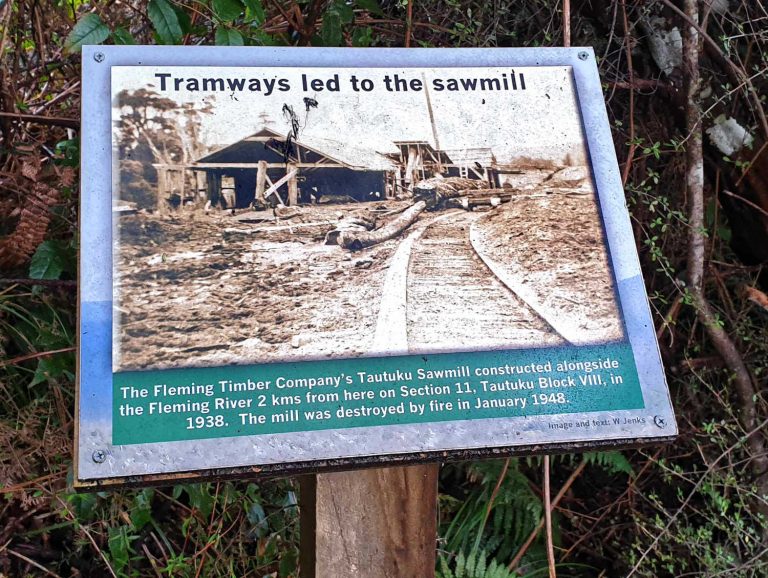
Lenz Reserve & Trails Tractor
learn more
Florence Hill Lookout
learn more
Lake Wilkie
learn more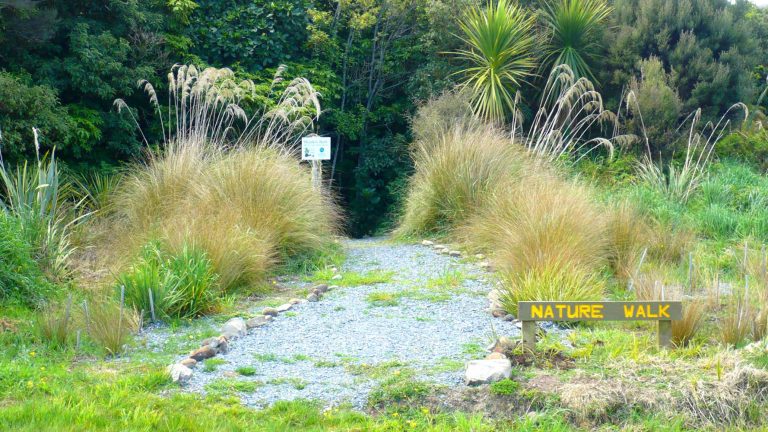
Shank's Bush Nature Trail
learn more
Tautuku estuary boardwalk
learn more
McLean Falls
learn more
Cathedral Caves
learn more
Curio Bay
learn more
Waipapa Point
learn more
Slope Point
learn more
Waipohatu Walking Track & Reserve
learn more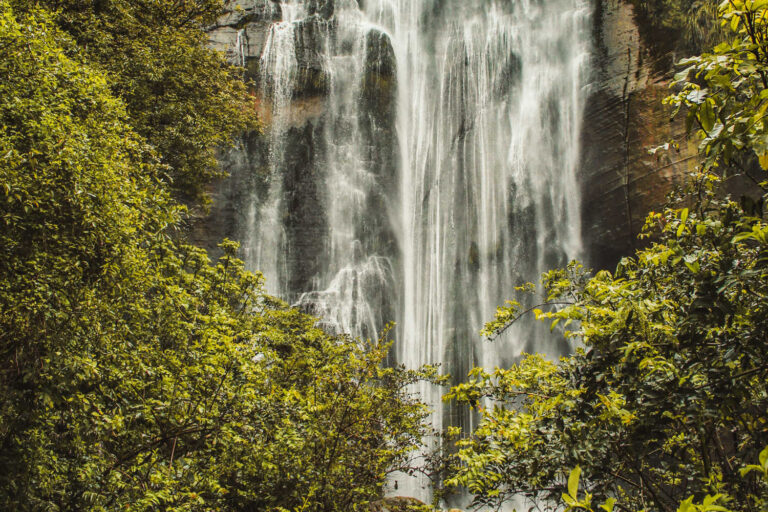
Niagara Falls / Manga Piri
learn more
Purakaunui Falls
learn moreGetting there
TRAVEL PACK INFORMATION
*From Catlins visitor guide
A VARIETY OF NATIVE PLANTS AND TREES CAN BE FOUND IN THE CATLINS
There are both Beech and Podocarp native forests in The Catlins, The forests contain many native tree species especially Tree Ferns, Rata, Kahikatea, Rimu, Miro, Totara, Kamahi, and Silver Beech.
The Native Forest types in The Catlins are temperate rainforests. The forests of the lower and southern Catlins are dominated by large and ancient podocarps – Rimu, Matai, Totara and Kahikatea – that emerge over a canopy of broadleaved species such as Kamahi and Rata. Fern, moss, coprosma, broadleaf, marble leaf, lemonwood and peppertree create a rich understory in these forests.
Beech Forests
The Beech Forests found in higher and northern inland locations are dominated by the Tawhai (Silver beech). These beech forests of The Catlins are particularly interesting in that they have only one of New Zealand’s five beech species; they are the southern-most beeches in the country and their pattern of distribution in the northern hills and river valleys is a result of slow spread over the last 16,000 years since the last ice age.
Look at this brochure for more information on trees and where to find them in The Catlins.
The journey is worth it.

Our editors independently visit tour operators, purchase tickets, pay for accommodation, and rate products and places. We are not paid to go on a tour or visit a place. We only make money if you decide to purchase a product through our website links. You will not pay any extra, that is guaranteed.
We promise to never accept free products from manufacturers in return for boosting their products. Our independence and reviews is funded by your purchases and affiliate commissions, at no additional cost to yourself… read more about our affiliate programme in the terms and conditions HERE.







